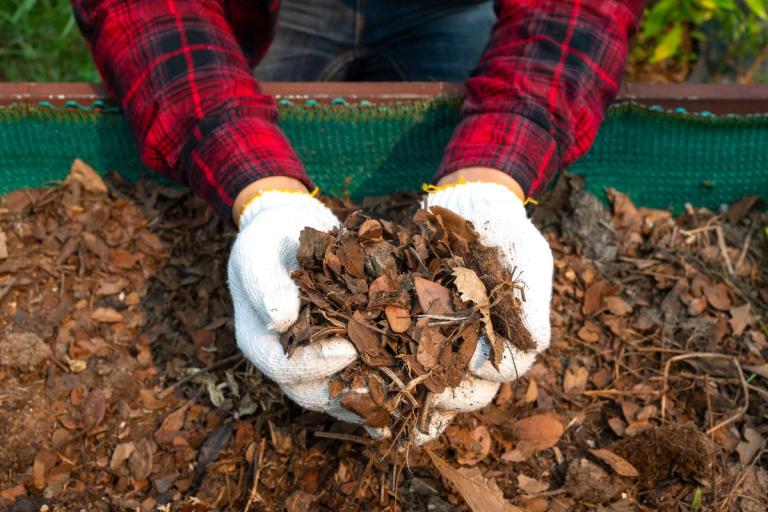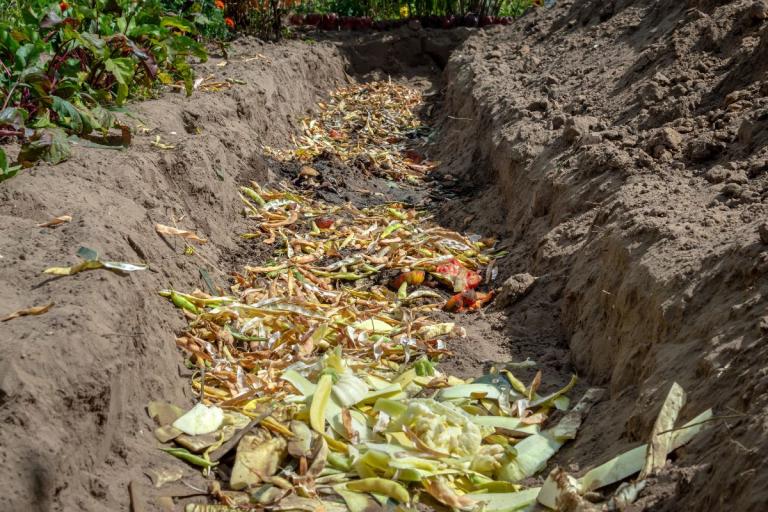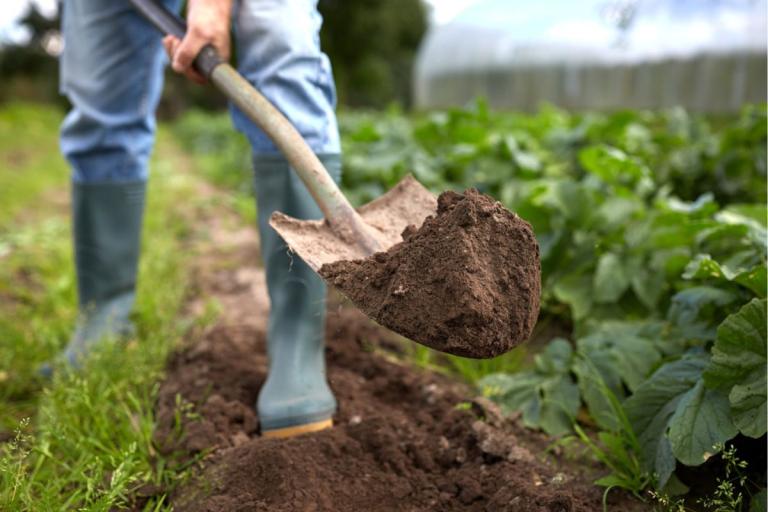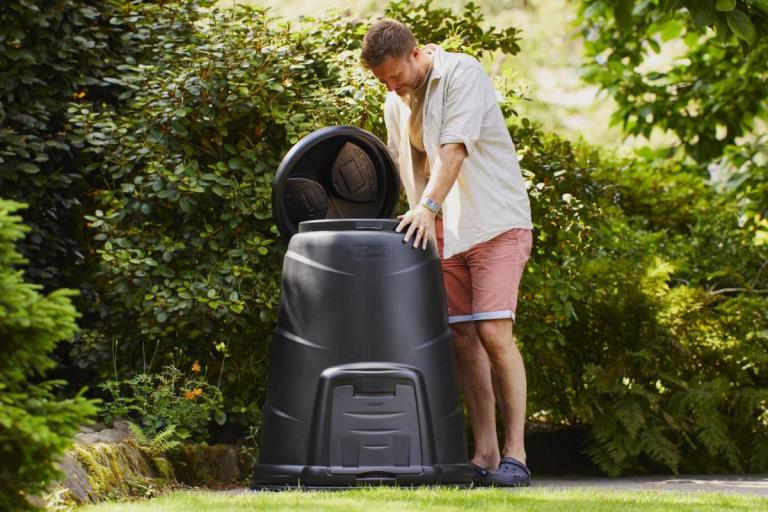How to compost this autumn

Collect leaves to make leaf mould
Start collecting dry leaves to layer in your compost bin between wet materials. Whether your compost bin is new or established, put aside extra leaves in a separate bag near your compost bin. These can be used in the winter months. It’s important to turn your compost regularly so you keep breaking down materials into smaller pieces.
Leaf mould is a great activity to do in autumn. Collect as many leaves as you can and place them in a bin liner pierced with small holes. If they are too dry add a little water from your water butt. After two years of leaving them loosely tied and tucked away from sight you have leaf mould. This material can be used to sow seeds or mixed with other quality soil as rich potting compost. Just take care not to use leaf mould if it gets infected with weeds.
Start a new compost bin
Autumn is also a good time to start another compost bin, if you have any surplus material. You can use compost from the bottom of your first bin to start this. You can also use any annual plants you pull out of the ground to help speed up the process. Try to keep any creatures attached to the uprooted soil.
Trench composting
Trench composting is an easy way to give your vegetable crops a boost in the next growing season. By putting your organic kitchen waste in a trench to rot down over winter, you’ll add nutrients to the soil and help retain moisture.
Dig a trench one spade wide and one or two spades deep. Then fill it with alternating layers of kitchen waste and garden soil. When it's full, cover with the remaining soil and leave it to settle for a few months before sowing or planting.
This is ideal for growing hungry crops such as beans, courgettes and pumpkins.



